Kailash Tour
-
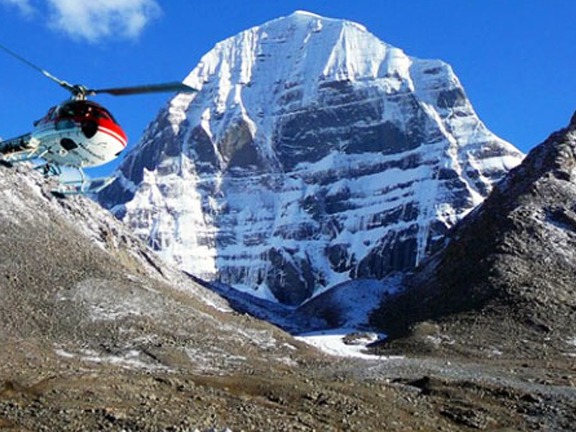

Luxury Tour

Strenuous

10 Days
-
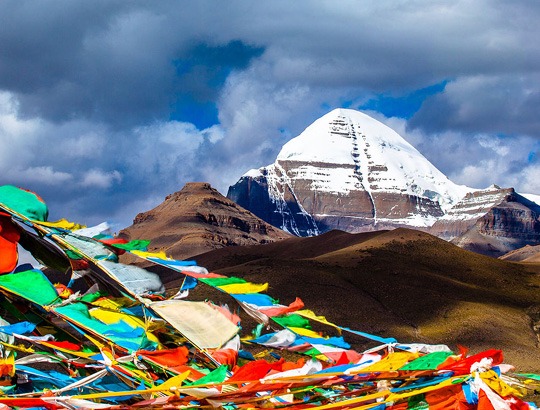

Pilgrimage Tour

Challenging

12 Days
-
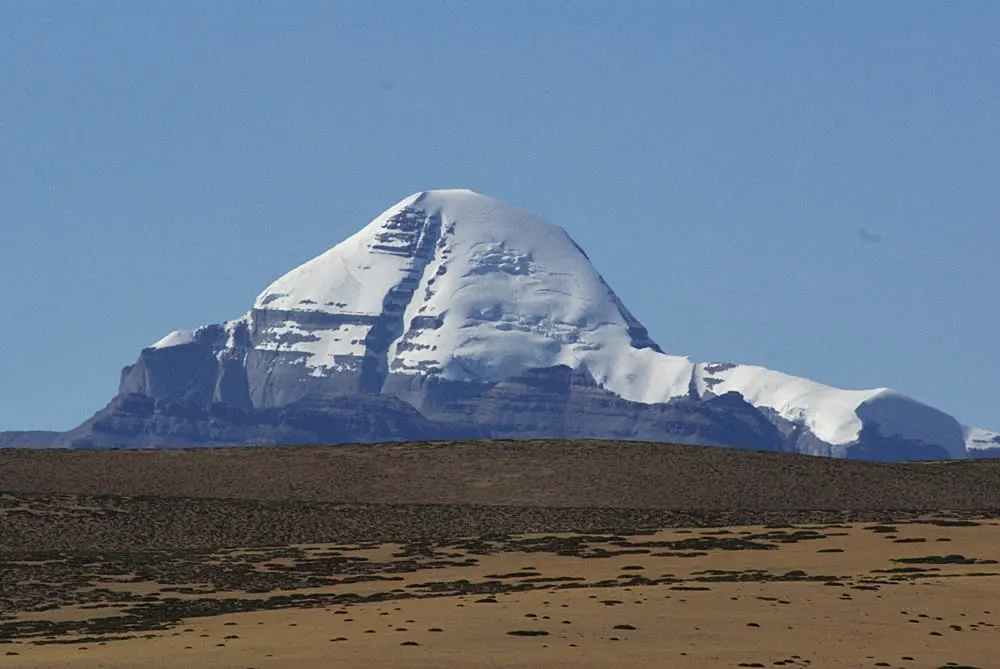
$2850

Pilgrimage Tour

Strenuous

12 Days
-
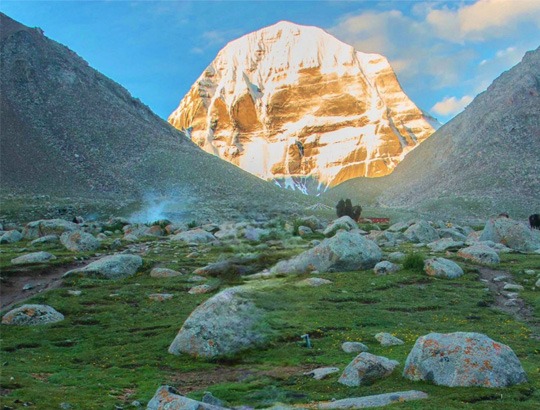

Pilgrimage Tour

Strenuous

18 Days
-
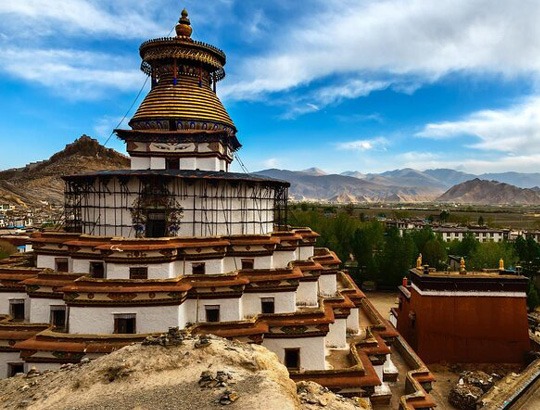

Pilgrimage Tour

Challenging

17 Days
-
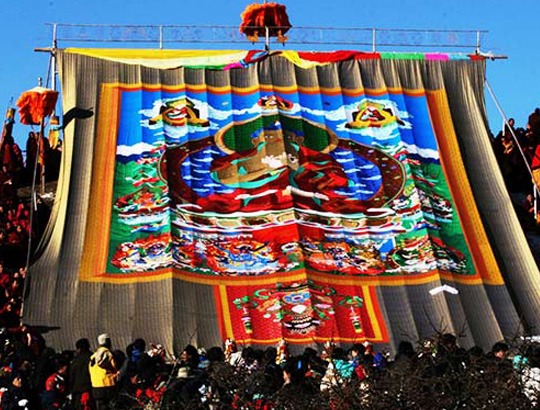

Festival Tour

Challenging

14 Days
-
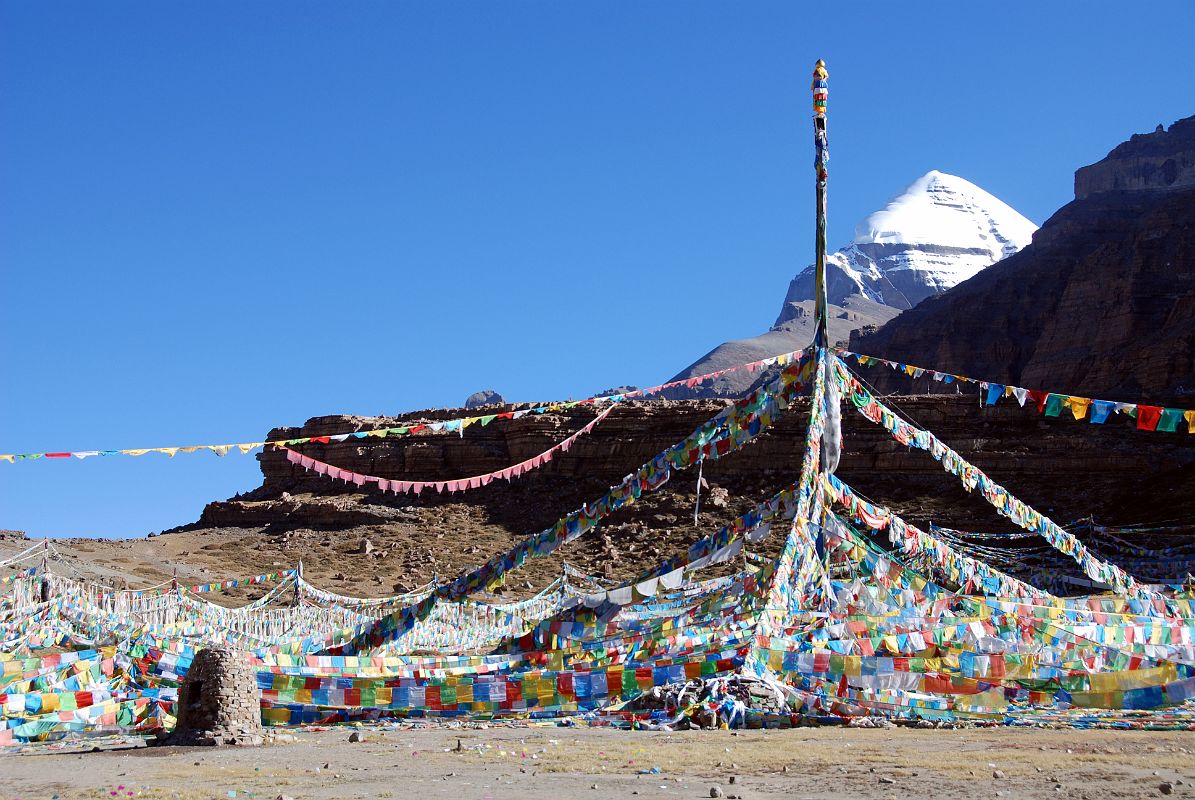
$2576

PILGRIMAGE

TOUR
Mount Kailash Tour
Mount Kailash is one of the holiest mountains venerated by Hindus, Buddhists, Jains, and Bon believers. In Tibet it is the spiritual center of pilgrims, who aspire to walk round the mountain. Thousands of natural features, such as the sacred Mansarovar Lake, large plateaus and snow-capped peaks, are found in the region. The pilgrimage to Kailash manasarovar is both a sacred trip and an adventurous tour. Making sure that clients get the best out of the trip, Himalayan Trekking and Tours well developed packages guarantee a safe and well-constructed adventure.
Kailash Helicopter Tour is the quickest way and the most direct way of having Kailash Mansarovar journey. The tour is a mixture of short flights and little walking and therefore is well suited for travelers on a tight schedule. Pilgrims land in Simikot and by helicopter to the Tibetan border, then by short car ride to reach Kailash. Among them are the sacred Mansarovar Lake, a 3-day Kailash Parikrama, and panoramic flights over the Himalayas. In this package, comfort and efficacy are perfectly achieved without having to sacrifice spirituality.
Kailash Mansarovar Tour is a spiritual experience tour package that provides clients with an entire pilgrimage trip. This tour involves Kailash Parikrama- a holy circumambulation and Mansarovar- a sacred lake where people can take bath and perform Pooja. The trip begins in Kathmandu and continues scenic nature and high-lying areas. Tour spiritual value is in this circumambulating(parikrama) of Mount Kailash is believed that it can purify sins and attain spiritual salvation.
Kailash Mansarovar Yatra is a religious pilgrimage to Mount Kailash and Mansarovar Lake which is done by Pilgrims for blessings. Yatra includes both spiritual and physical trials since pilgrims circumambulate Kailash. The trip includes historic temples, peaceful scenery, and monasteries dotted over the route. The Yatra’s highlight is the three-day trek around Mount Kailash, believed to wash away negative karma. Himalayan Trekking and Tours, through expert guides and customized assistance, ensures a smooth and satisfying yatra experience.
The Kailash Trek via Simikot Nepal package provides an exciting adventure trek complemented with the religious importance of Mount Kailash. Exiting Simikot, Nepal, the trail continues through remote settlements, alpine woods and rugged terrain until entering Tibet. The trail is a blend of adventure and culture, offering interactions with locals and a glimpse of their lifestyle. Notable features are the Humla in Nepal, Tibetan Plateau, and Kailash Parikrama. In this tour, for the adventurous souls seeking a greater bond with nature and the spiritual world, it is worthy of a place.
The Lhasa to Kailash tour package is the process to integrate the cultural travel with the trip to Mount Kailash. Travelers start in Lhasa to see famous places such as Potala Palace and Jokhang Temple, after that they go to Kailash. The itinerary offers magnificent scenes, historic monasteries, and the possibility to visit Tibetan culture. Key highlights are Mansarovar Lake, Mount Kailash, and the colorful Tibetan highlands. This tour is ideal for those who want a mix of cultural discovery and spiritual fulfillment.
Saga Dawa Festival Tour is about Tibetan Buddhists who annually look forward to celebrating the Saga Dawa Festival because it honors the life of Lord Buddha. This package enables travelers to watch these festivities that take place near Kailash. This package makes it possible for tourists to see the magnificent festivals around Mount Kailash. The festival also involves prayers, processions, and Tarboche flagpole lifting near Kailash. Pilgrims also go to Kailash Parikrama and to Mansarovar Lake. Providing a special mix of spirituality, culture and celebration.
Himalayan Trekking and Tours designs all packages with care, ensuring comfort, safety, and a memorable journey. Each tour is tailored to suit different preferences, providing the best Kailash tours for a fulfilling experience.
© 2025 - Himalayan Trekking and Tours (P) Ltd. All Rights Reserved.

